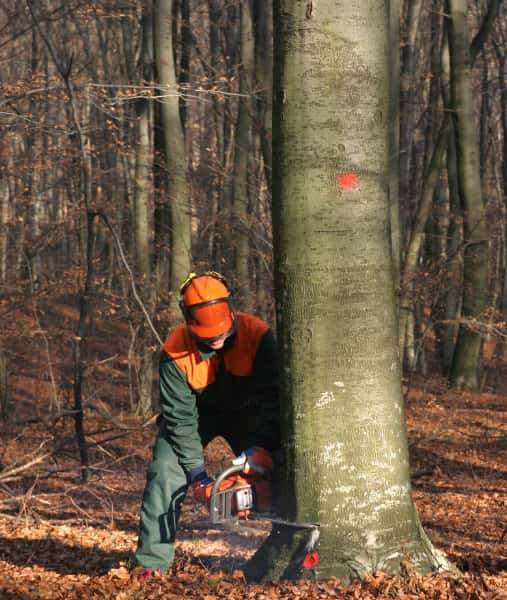Creative Designs and Patterns in Hedge Cutting: Transform Your Lowestoft Garden
Introduction: Hedge cutting is more than just routine maintenance; it’s an opportunity to express creativity and add a unique touch to your garden. In Lowestoft, where gardens are cherished, mastering the art of creative hedge cutting can significantly enhance your outdoor space. This blog post explores various designs and patterns in hedge cutting, providing you with inspiration and practical tips to elevate your garden’s aesthetic appeal.
The Art of Hedge Cutting
Hedge cutting, also known as topiary, involves shaping shrubs and bushes into ornamental shapes and patterns. While traditional hedge trimming focuses on maintaining clean lines and tidy edges, creative hedge cutting allows you to think outside the box, crafting intricate designs that showcase your personality and style.
Popular Hedge Cutting Designs
- Geometric Shapes: Simple yet striking, geometric shapes like spheres, cones, and pyramids add a modern touch to any garden. Once established, these shapes are not only visually appealing but also relatively easy to maintain.
- Animal Topiary: For those with a flair for the whimsical, animal-shaped topiaries are a delightful addition. From rabbits to peacocks, these designs can bring a sense of playfulness and charm to your garden.
- Spirals and Twists: Spirals and twists are elegant designs that create a sense of movement and flow in your garden. These patterns can be achieved by carefully trimming hedges in a spiral or twisted shape, providing a dynamic visual element.
- Arches and Tunnels: Perfect for creating enchanting pathways, arches and tunnels made from hedges can lead visitors through your garden, adding an element of surprise and intrigue. These structures can also provide shade and privacy.
- Letters and Numbers: Personalise your garden with hedge designs that spell out words, initials, or significant dates. This approach adds a unique, personal touch to your outdoor space.
Tips for Successful Hedge Cutting
- Choose the Right Plants: Not all plants are suitable for intricate hedge designs. Species like boxwood, yew, and privet are ideal due to their dense foliage and ability to withstand frequent trimming.
- Invest in Quality Tools: Sharp, high-quality tools are essential for precise cuts and clean lines. Hedge trimmers, shears, and topiary clippers are all crucial for achieving professional results.
- Plan Your Design: Sketch out your design before you start cutting. Having a clear plan will guide your trimming process and help you achieve the desired outcome.
- Regular Maintenance: Creative hedge designs require regular upkeep to maintain their shape and health. Trim your hedges frequently, but avoid over-cutting, which can damage the plant.
- Seek Professional Help: If you need more clarification on tackling a complex design on your own, consider hiring a professional hedge cutter. Experts can bring your vision to life with precision and expertise.
Benefits of Creative Hedge Cutting
- Enhanced Aesthetic Appeal: Creative hedge designs can transform an ordinary garden into a stunning landscape, making your outdoor space more attractive and enjoyable.
- Increased Property Value: Well-maintained, uniquely designed gardens can boost the curb appeal and value of your property.
- Personal Satisfaction: There’s a sense of accomplishment that comes with creating and maintaining beautiful hedge designs. It’s a rewarding hobby that allows you to showcase your creativity.
Conclusion: In Lowestoft, where gardens are an integral part of the local lifestyle, creative hedge cutting offers a fantastic way to enhance your outdoor space. By experimenting with various designs and patterns, you can create a garden that is not only visually appealing but also uniquely yours. Whether you choose to shape simple geometric patterns or intricate animal figures, the key is to enjoy the process and take pride in your garden’s transformation.
Call us on: 01502 441 299
Click here to find out more about Lowestoft Tree Surgeons
Click here to complete our contact form and see how we can help you with your tree’s needs.

